The role of infall in (re-)orienting star-disk systems
Michael Küffmeier




C. P. Dullemond, S. Reißl, A. Krieger, T. Haugbølle, P. Caselli, J. Pineda, D. Segura-Cox

Carlsberg Reintegration fellow
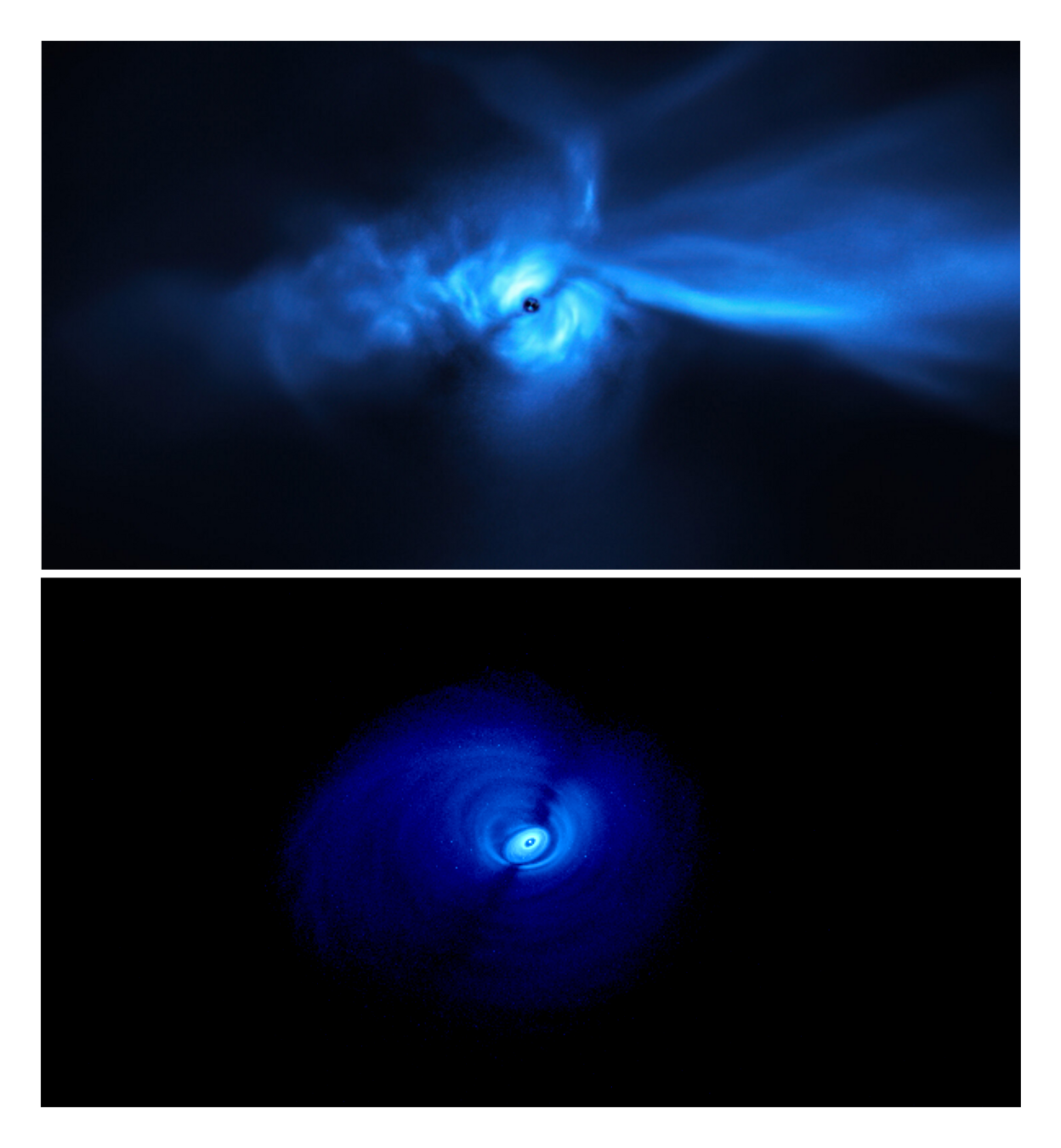

SU Aurigae
synthetic image
Krieger, Küffmeier et al. almost submitted
Ginski et al. 2021
Outline
Brief overview and new constraints on star & planet formation from observations
I
Recent and current progress in modelling
II
Future plans and ideas
III
Summary
IV
Let's go back in time to the year 2014
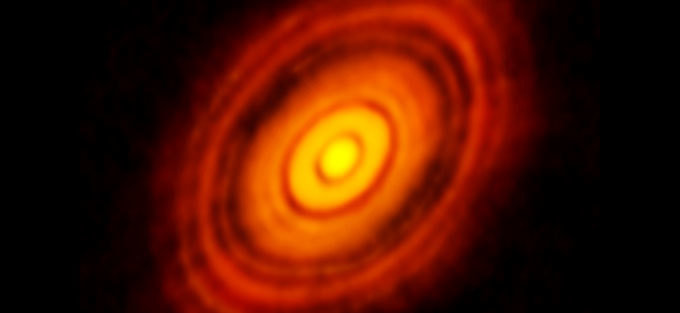
Wow!
Credit: ALMA (ESO/NAOJ/NRAO)
Credit:
DSHARP team

10 au
50 au
The classical picture
credit: M. Persson
star formation
planet formation

History of modeling disk formation
spherical core collapse:
rotation
magnetization (mass-to-flux ratio)
non-ideal MHD effects
dust evolution
turbulence
useful for parameter studies
Bonnor-Ebert sphere
or uniform density
Bate, Tricco & Price (2013)
Is this the full picture?
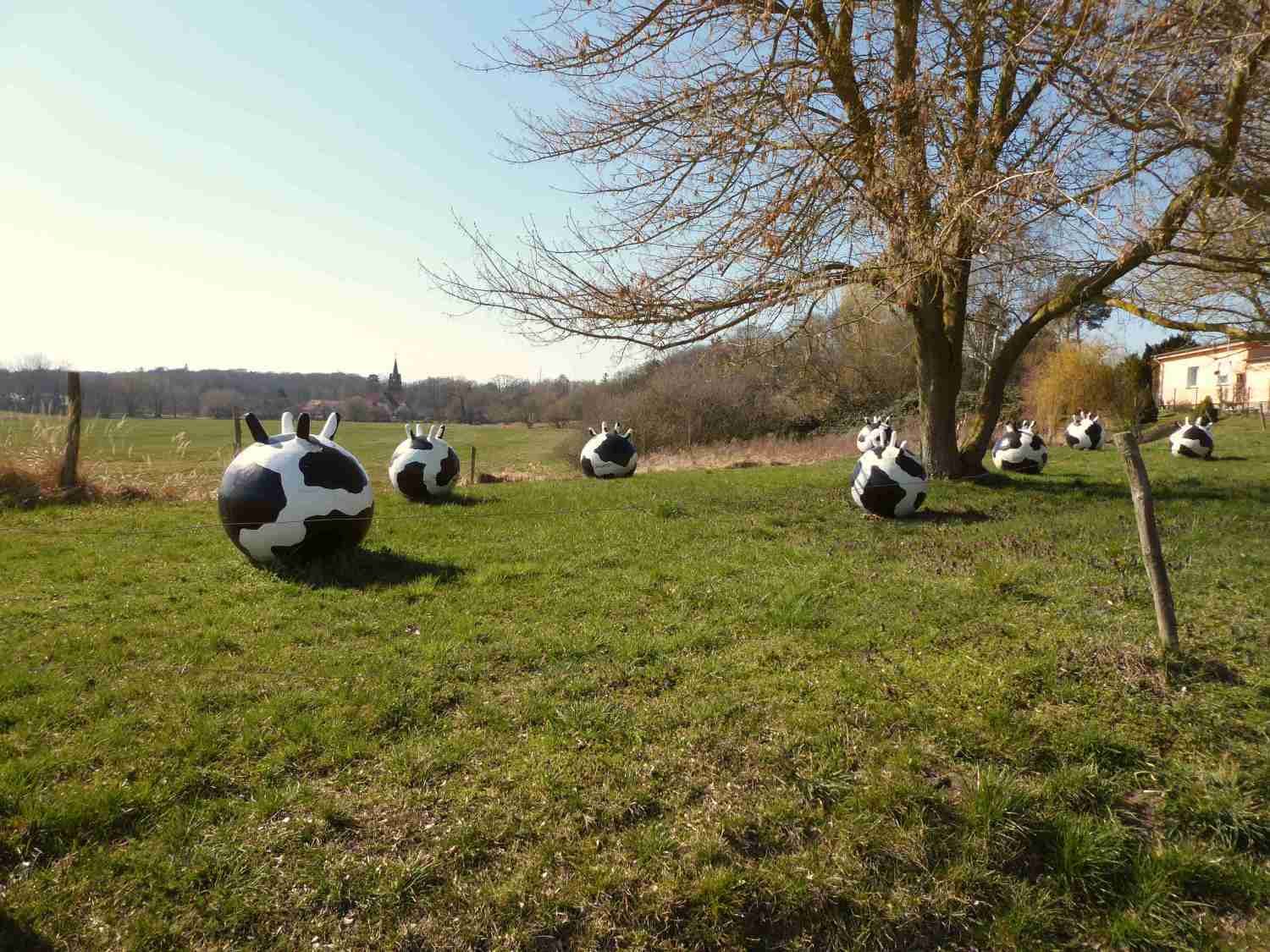
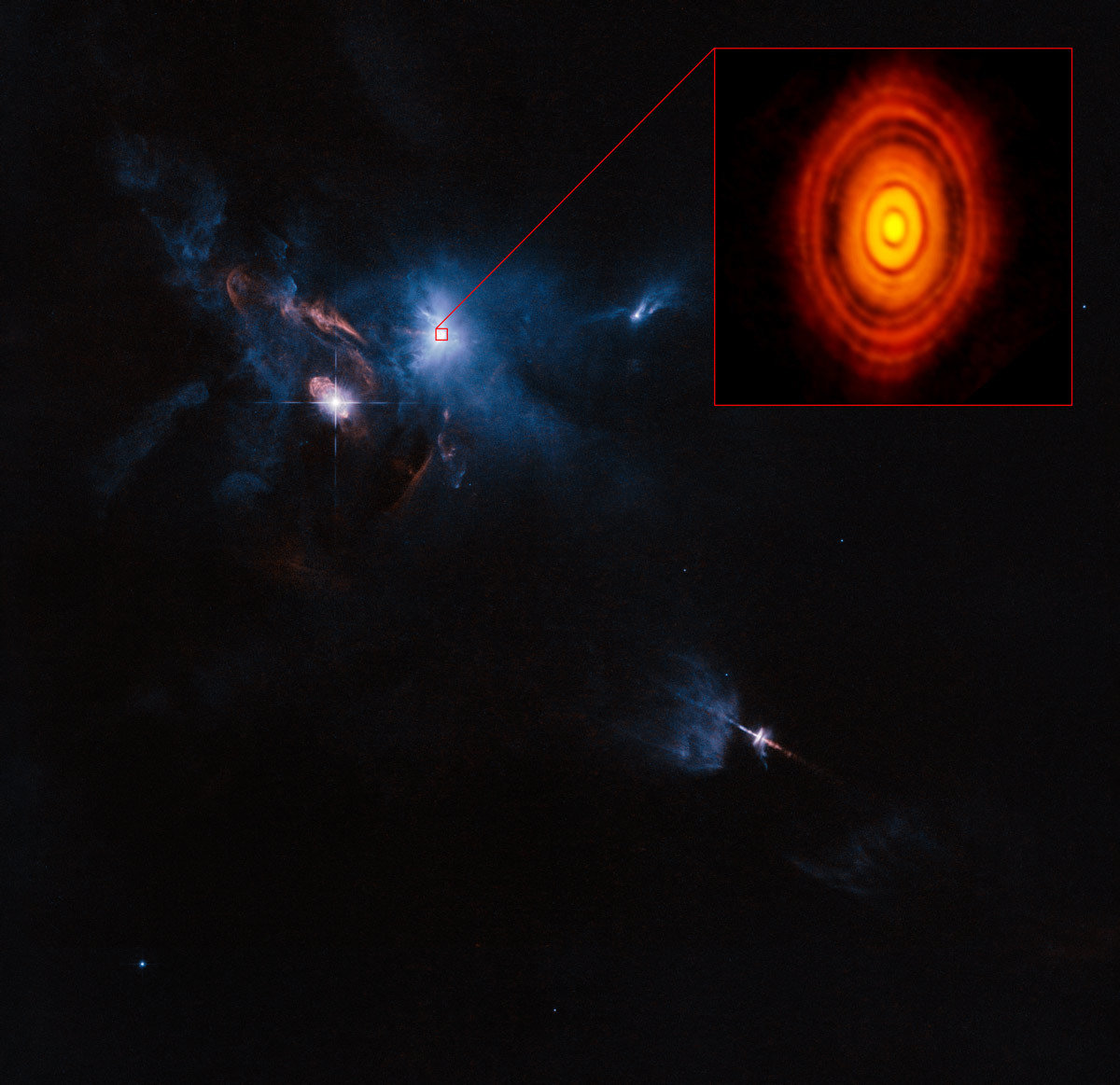
Credit: ALMA (ESO/NAOJ/NRAO)
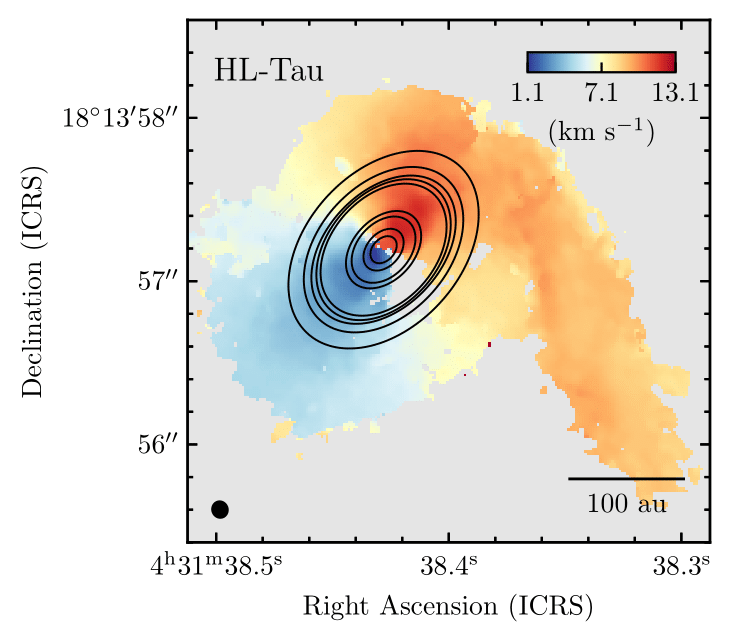
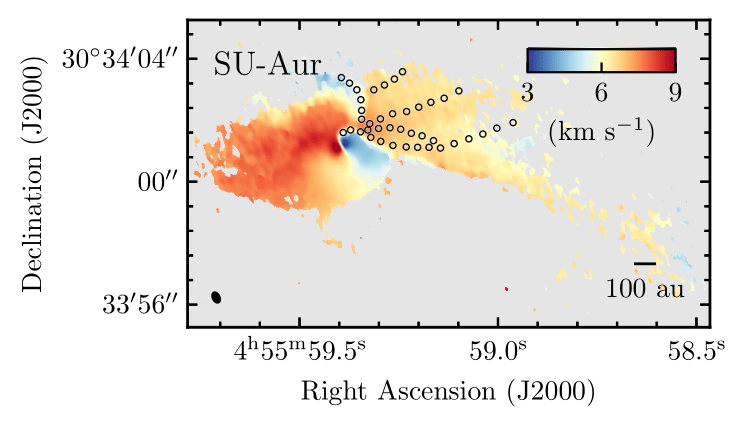
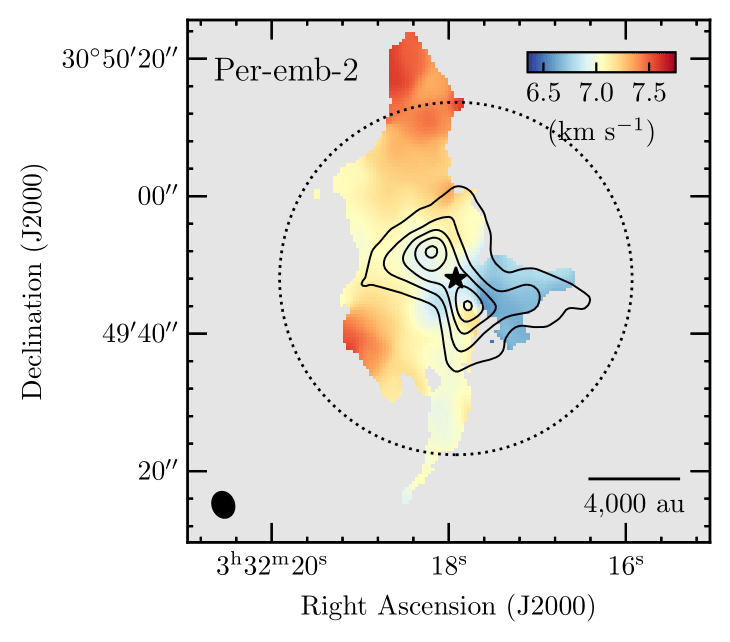
Ginski et al. 2021
Yen et al. 2019
Garufi et al. 2021
Pineda et al. 2020
50 au
BHB1 (Alves et al. 2020), GM Aur (Huang et al. 2021), IRS 63 (Segura-Cox in prep.), AB Aur (Grady et al. 1999 / Fukagawa et al. 2004), M512 Grant et al. 2021, Cacciapuoti+ subm.), S Cra (Gupta et al. subm.)...
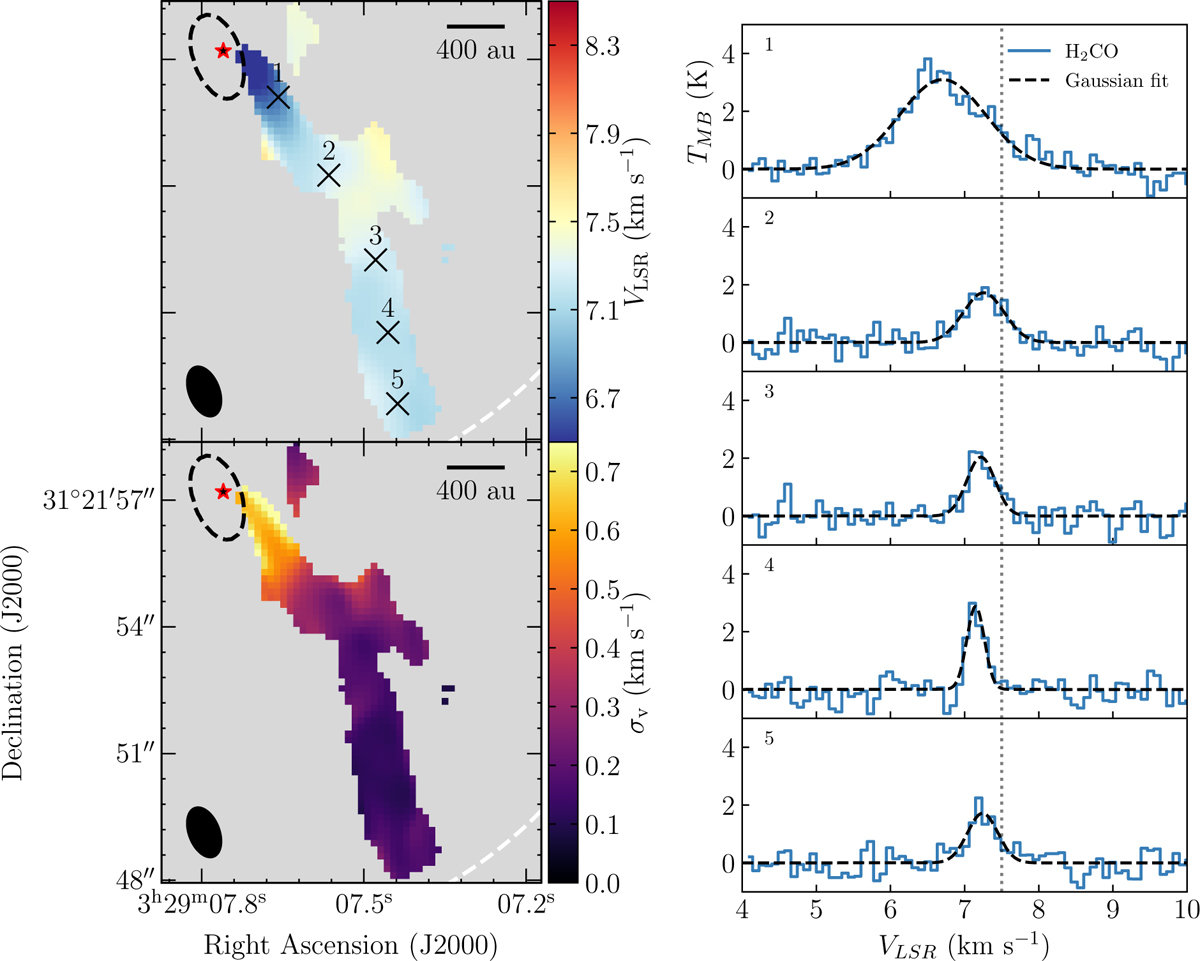
Per-emb-50
Valdivia-Mena et al. 2022
Streamers:
Late infall

AB Aurigae
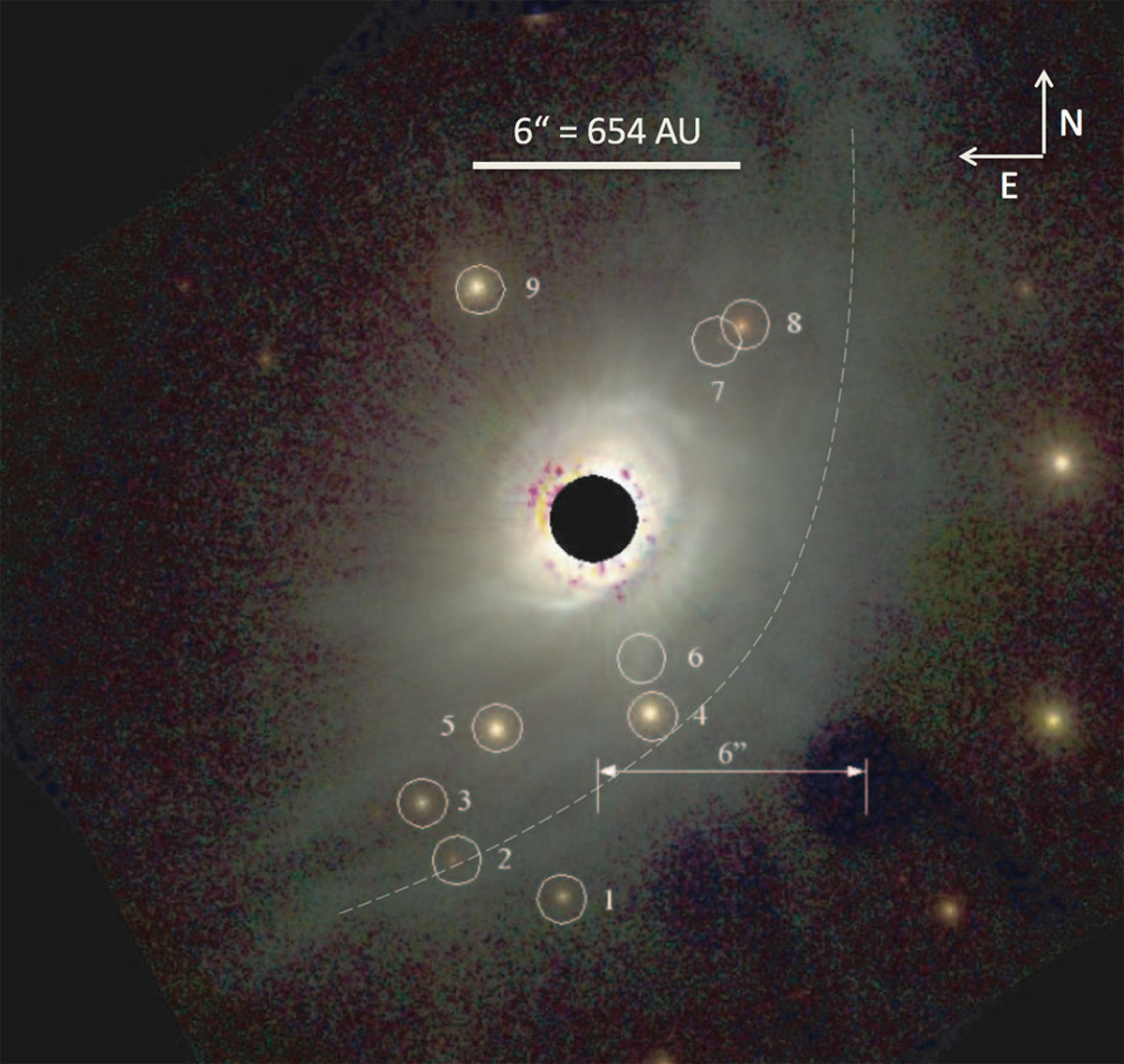
HD 100546
Credit: Grady+ 1999, Fukagawa+ 2004
Late infall can cause misalignment of inner and outer disk
Credit: Ardila+ 2007

200 au
HD 142527
Credit: Avenhaus+ 2014
Extended arc-like structures can be induced by late infall
(Dullemond, Küffmeier, Goicovic+ 2019, Küffmeier, Goicovic & Dullemond 2020)
Possibility of "second-generation" disk
Shadows due to misaligned inner and outer disk
Credit: Marino+ 2015
Simulate cloudlet infall onto disk
AREPO, pure hydro
isothermal gas
vary infalling angle
vary rotation (prograde, retrograde)
Küffmeier, Dullemond, Reißl, Goicovic 2021
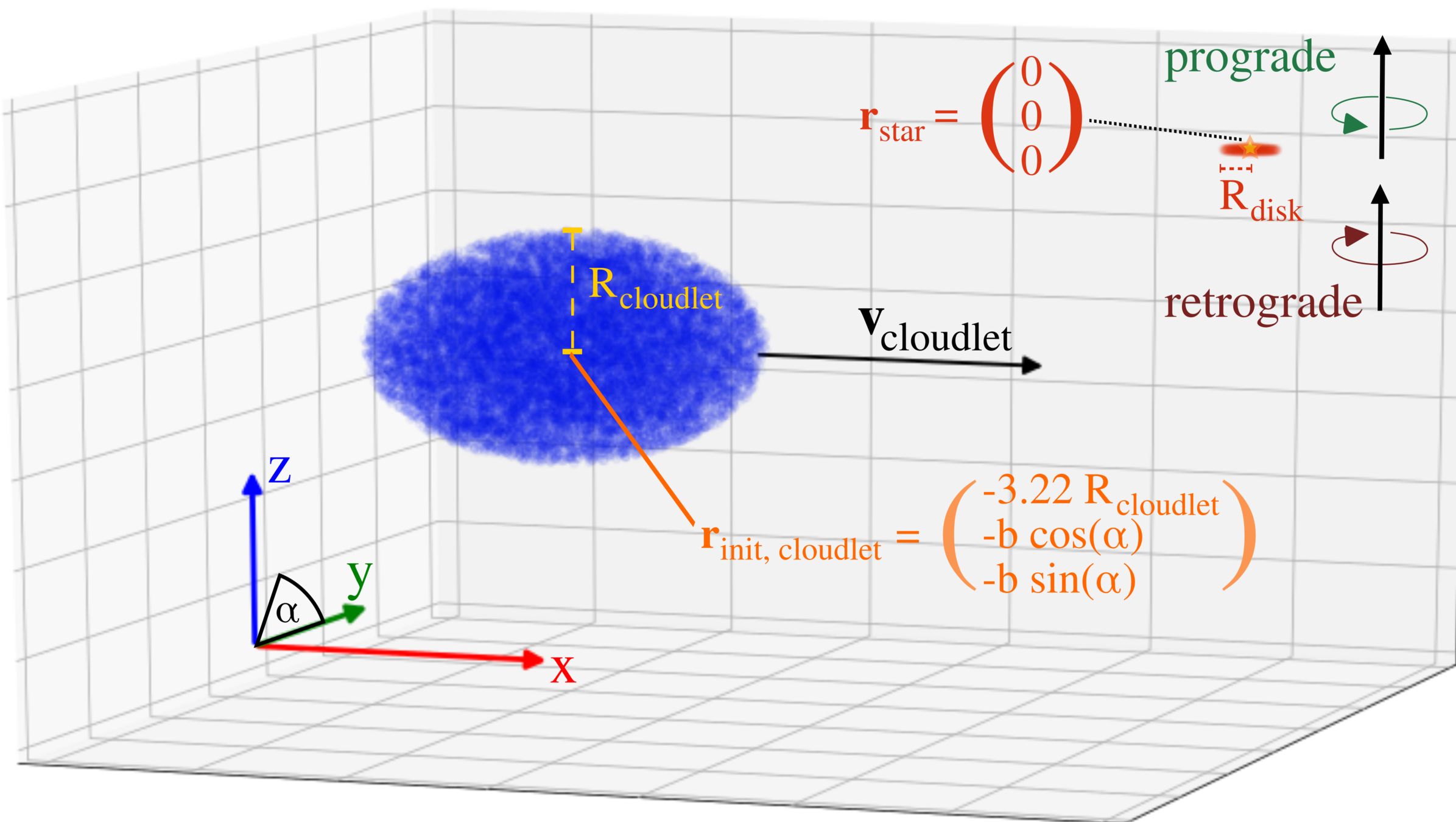
Outer disk forms around inner disk
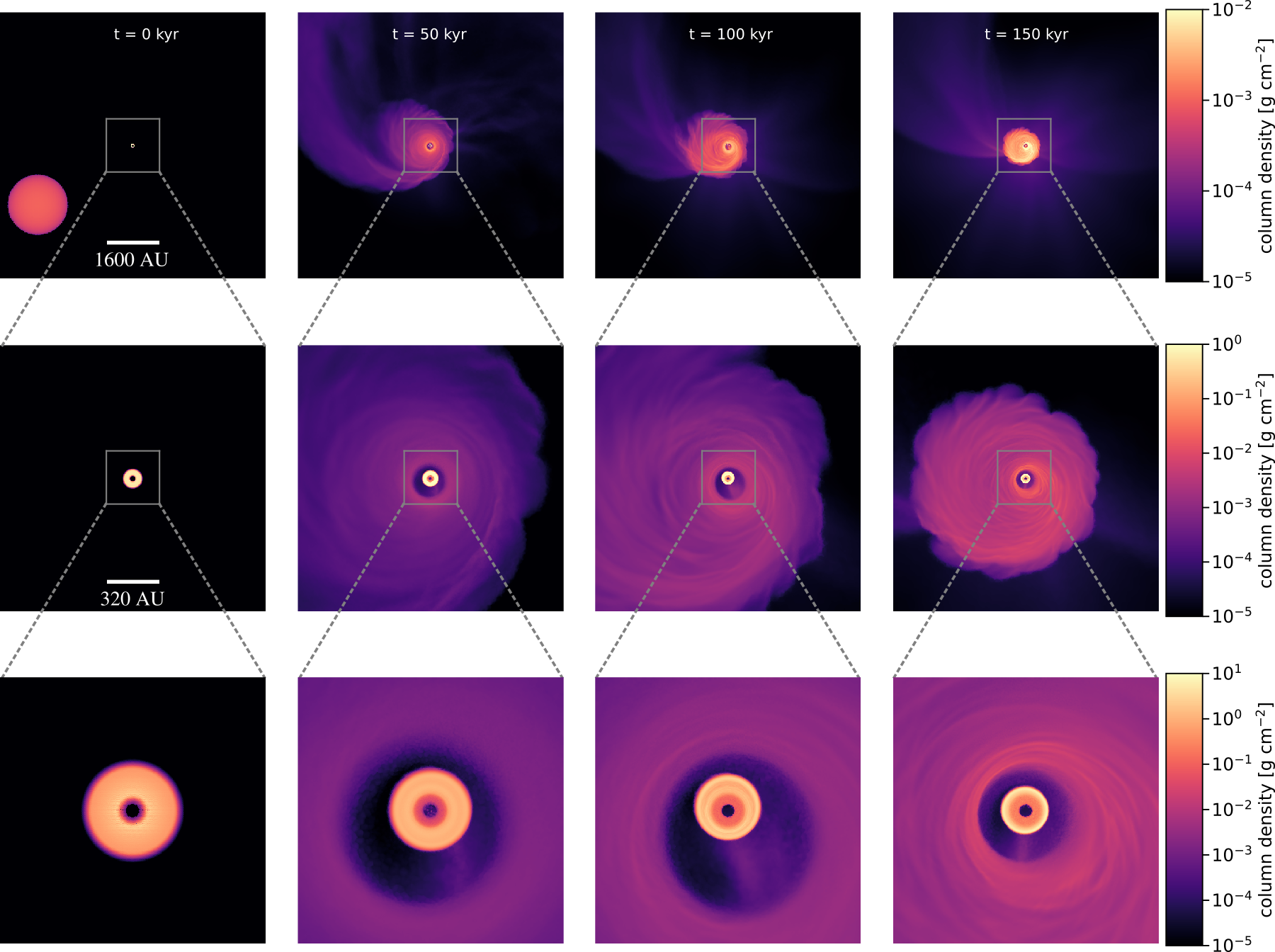
Küffmeier+ 2021
consistent with star formation simulations by Bate '18
Prograde vs. retrograde infall

Retrograde infall causes:
- counter-rotating inner and outer disk
- shrinking of inner disk
- enhanced accretion

- larger and deeper gap between disks
see also Vorobyov+ 2016
Küffmeier+ 2021
Streamers (and shadows) as signs of infall
Formation of misaligned configuration
Observable as shadows in outer disk
Küffmeier, Dullemond, Reissl & Goicovic 2021

SU Aur (Ginski et al. 2021)
300 au

Krieger, Küffmeier, ... et al. subm.
Disk evolution: eccentricity
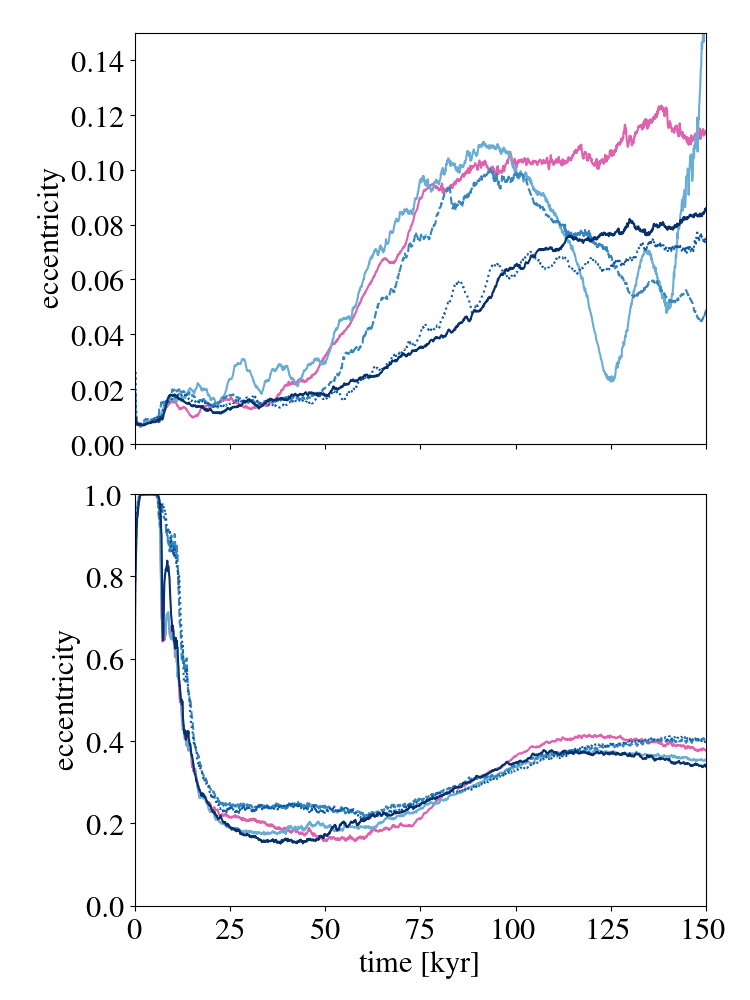
prograde, 0°
Light to dark: retrograde infall with increasing inclination
- mild eccentricity in inner disk (up to ~0.1)
inner
outer
- larger eccentricities in outer disk (0.2 to 0.4)
Infall triggers:
=> test infall scenario in CO channel maps
Küffmeier, Dullemond, Reissl & Goicovic 2021
Inner disk orientation

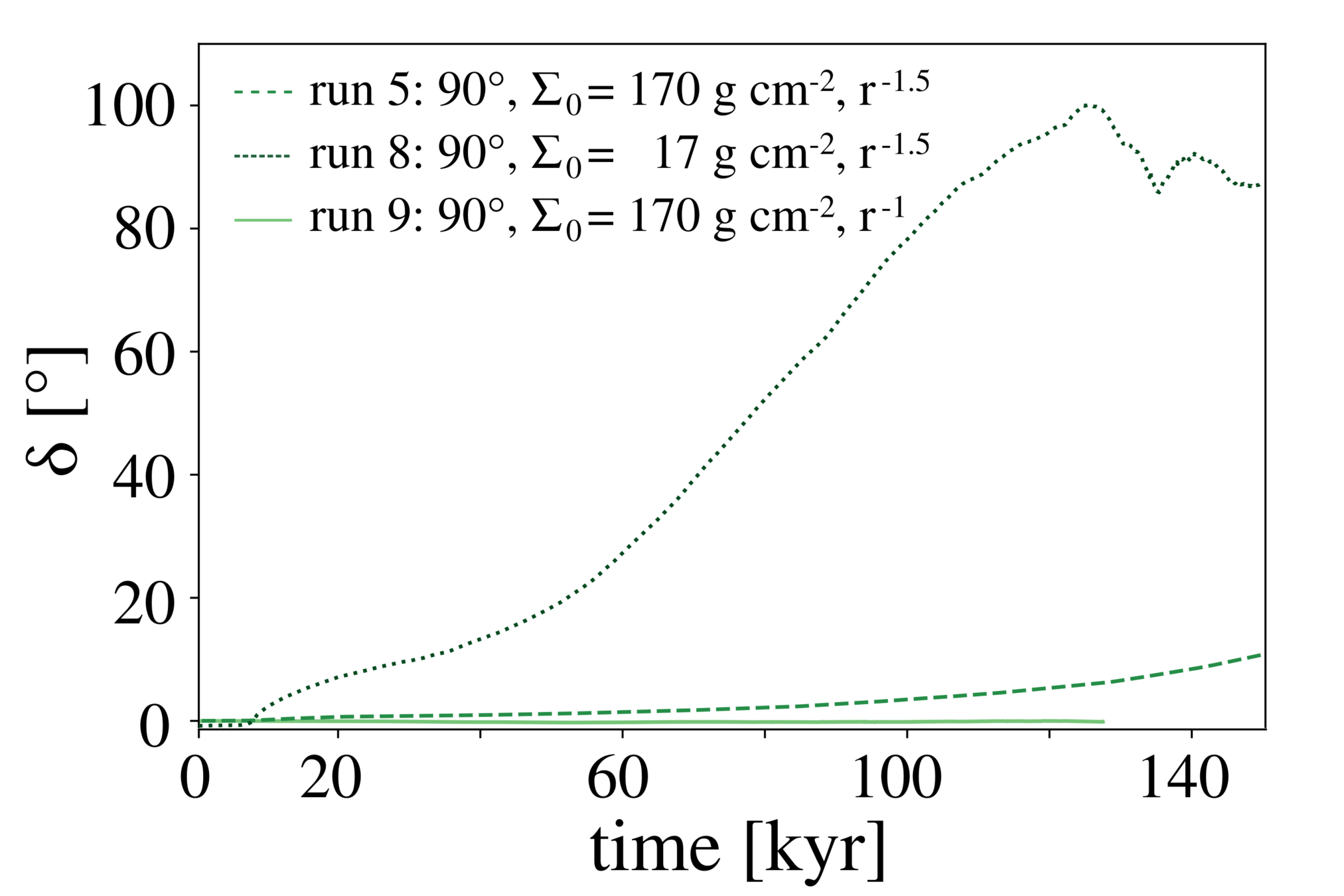
Küffmeier+ 2021
Disclaimer:
We are not saying that all shadows are due to misaligned infall!
In some cases shadows have already been well explained by external companions and/or inner planets (e.g.: HD 100453 Gonzalez+ '20/Nealon+ '20 or work by Zhu '19 on planet-induced misalignment)
Infall mechanism in perspective
But we need to think outside the disk:
significant fraction of final mass might accrete late through inflow (Küffmeier+ 2023, Pelkonen+ 2020)
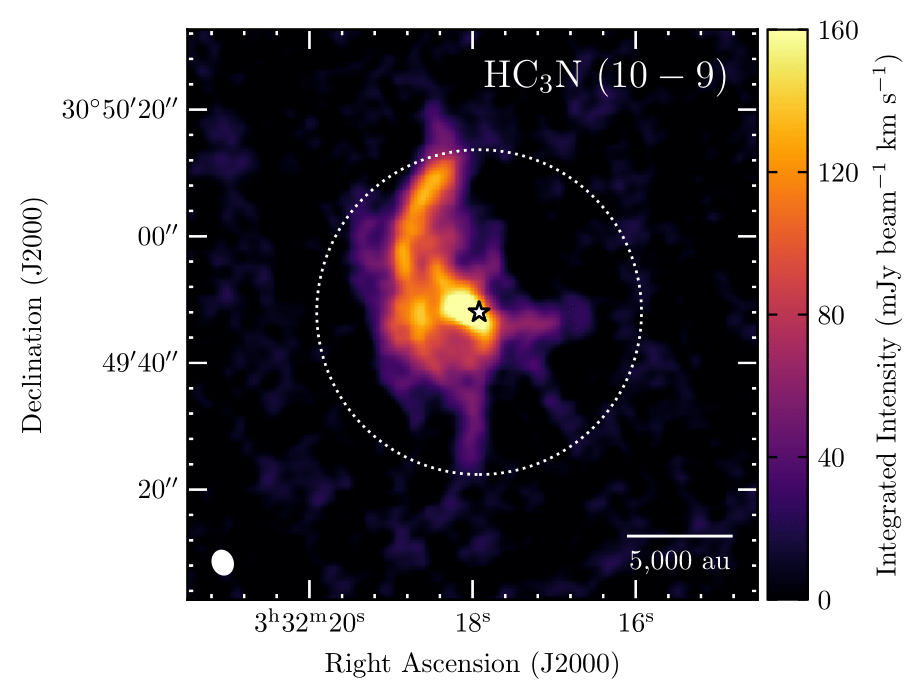
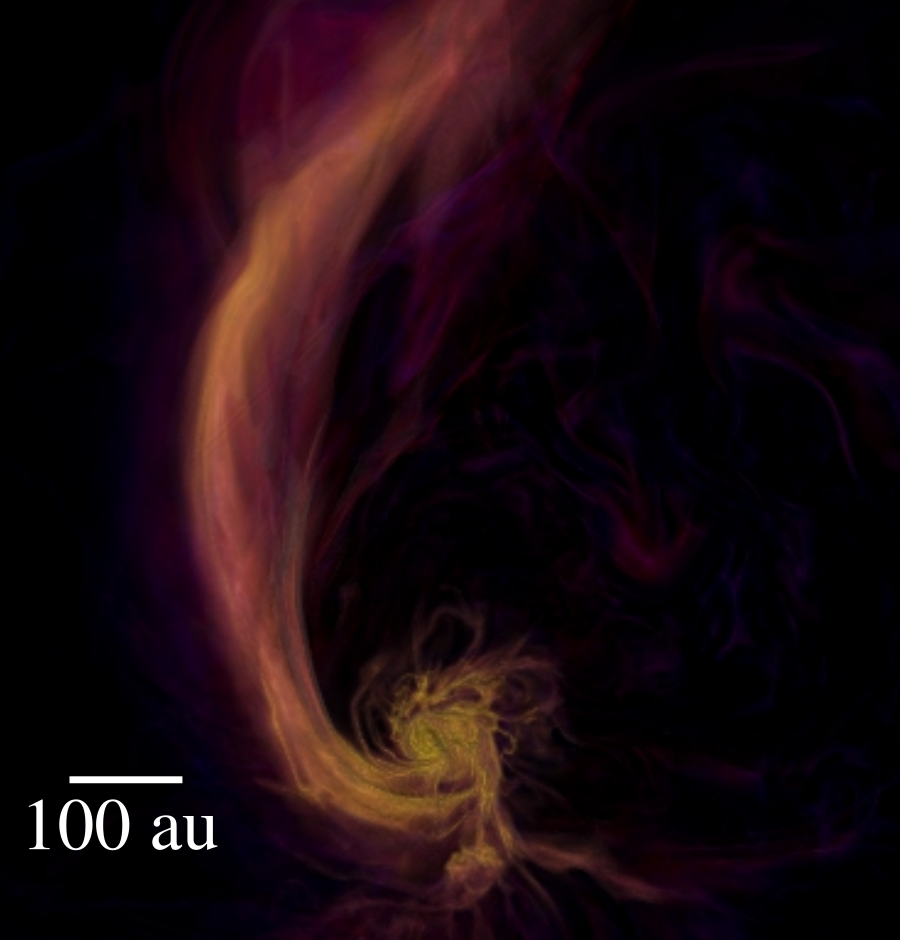
Pineda et al. 2020; see also [BHB2007] 1 (Alves et al. 2020)
Küffmeier et al. 2019
binaries/fly-bys (see review by Cuello+ 2023 and references therein)
environmental effects (Cathie's talk): photoevaporation (e.g., Haworth+2020), cosmic-rays (e.g., Küffmeier+ 2020), ...
Model star formation in a Molecular Cloud
isothermal magnetohydrodynamical (MHD) with driven turbulence
adaptive mesh refinement (AMR) simulations with RAMSES
maximum resolution: ≈25 au (level of refinement: 15), root grid about ≈1600 au (level 9)
Total mass: 3000 solar masses
periodic boundary conditions
altogether 321 sink particles at last snapshot (2 Myr after the formation of the first star)

simulation setup including detailed description of sink recipe presented in Haugbølle+2018
Küffmeier, Jensen & Haugbølle '23
Origin of accreting gas
The accretion reservoir can extend beyond the core
(see also Smith+ 2011, Kuznetsova et al. 2020, Pelkonen+ 2021)
Two phase process:
Initial collapse followed by varying amount of post-collapse infall
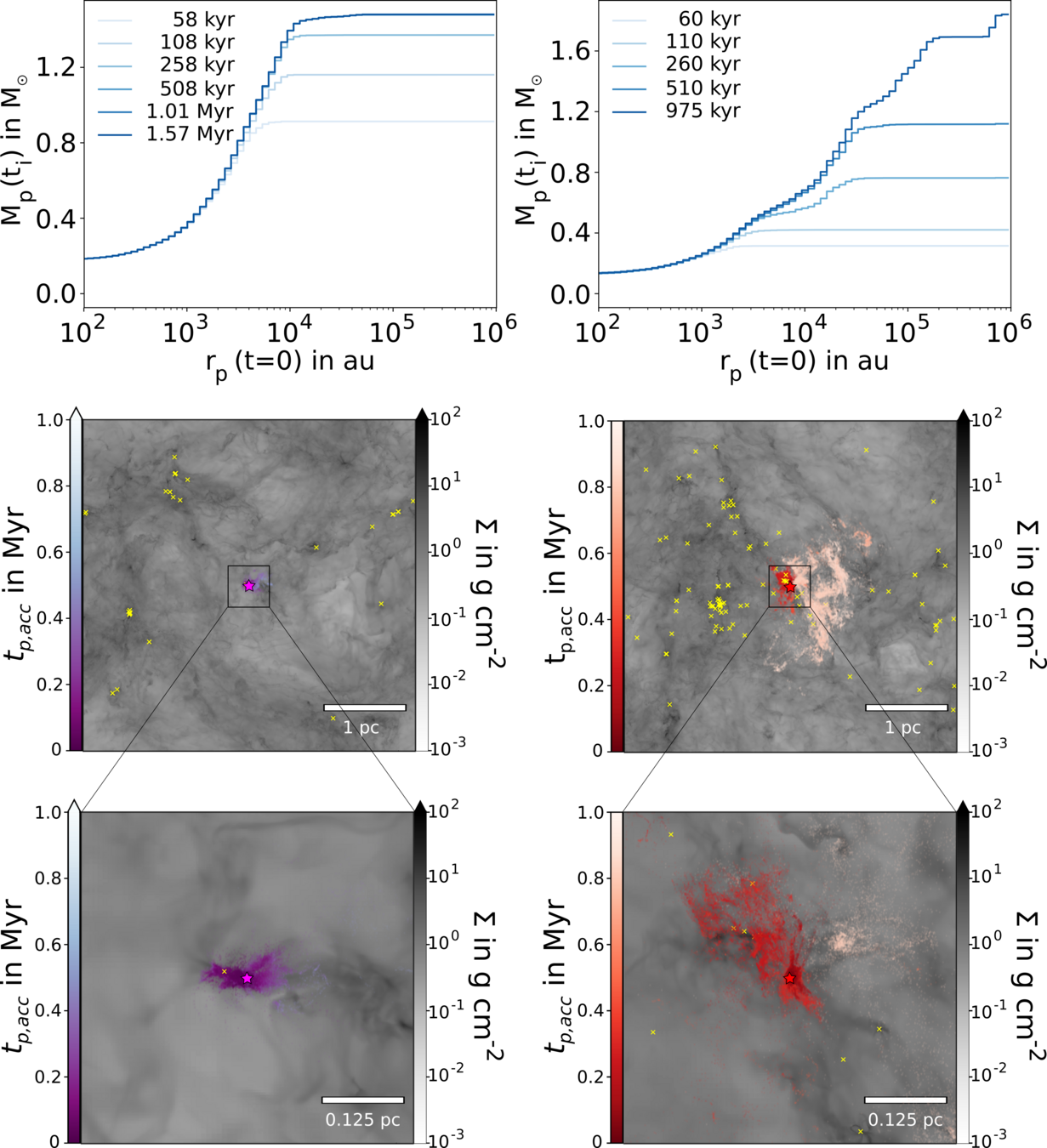

Results:
Possibility of replenishing and refreshing the mass and chemical budget
Küffmeier, Jensen & Haugbølle '23
Late infall is common for stars*
*unless they remain tiny
On average, stars with final masses of more than 1 solar mass accrete more than 50 % of their mass after 500 kyr
Note that some protostars still accrete after 1.2 Myr
Küffmeier, Jensen & Haugbølle '23
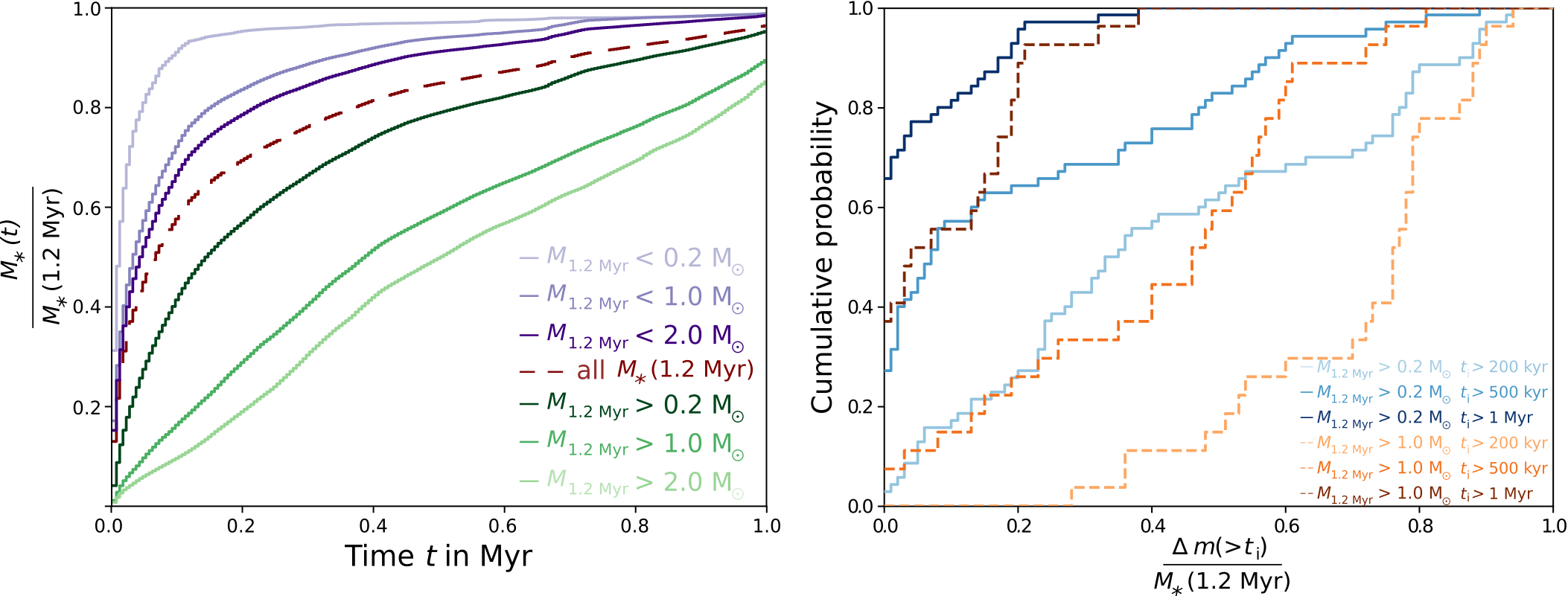
On average, stars with increasing final mass undergo prolonged infall
Orientation of star-disk systems can change substantially
Küffmeier, Haugbølle, Pineda & Segura-Cox
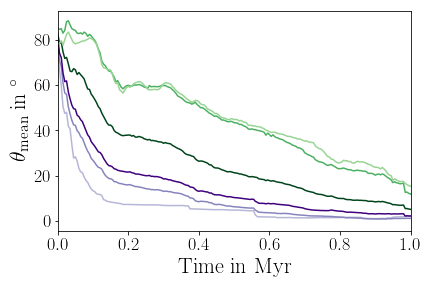

Open question:
Does late infall change the orientation of star and disk?
DISCLAIMER! The resolution is 25 au at best. Infall is caught, but disk is not resolved (yet).
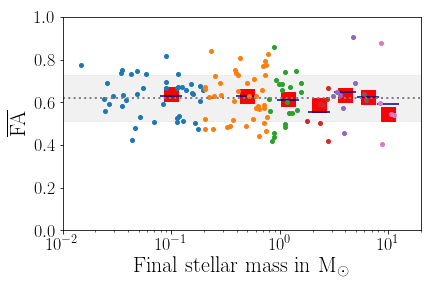

Fractional anisotropy based on tracer particles
Fractional anisotropy (FA) serves as a good measure for the (an-)isotropy of accretion.
FA=0: perfectly isotropic accretion, FA=1: maximally anisotropic
FA can also be a useful measure to compare (an)isotropy of stellar spins in clusters
Late infall is more anisotropic than early collapse

Fractional anisotropy (FA) serves as a good measure for the (an-)isotropy of accretion.
FA=0: perfectly isotropic accretion, FA=1: maximally anisotropic

FA can also be a useful measure to compare (an)isotropy of stellar spins in clusters
Accretion as single star or as part of multiple
Possible trend that lower mass stars are more likely to be part of binary or systems of higher order during accretion
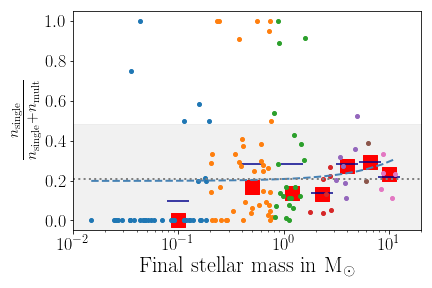
Sequence of star, disk & planet formation
Pineda ... Küffmeier et al. 'Protostars and Planets VII'
.
.
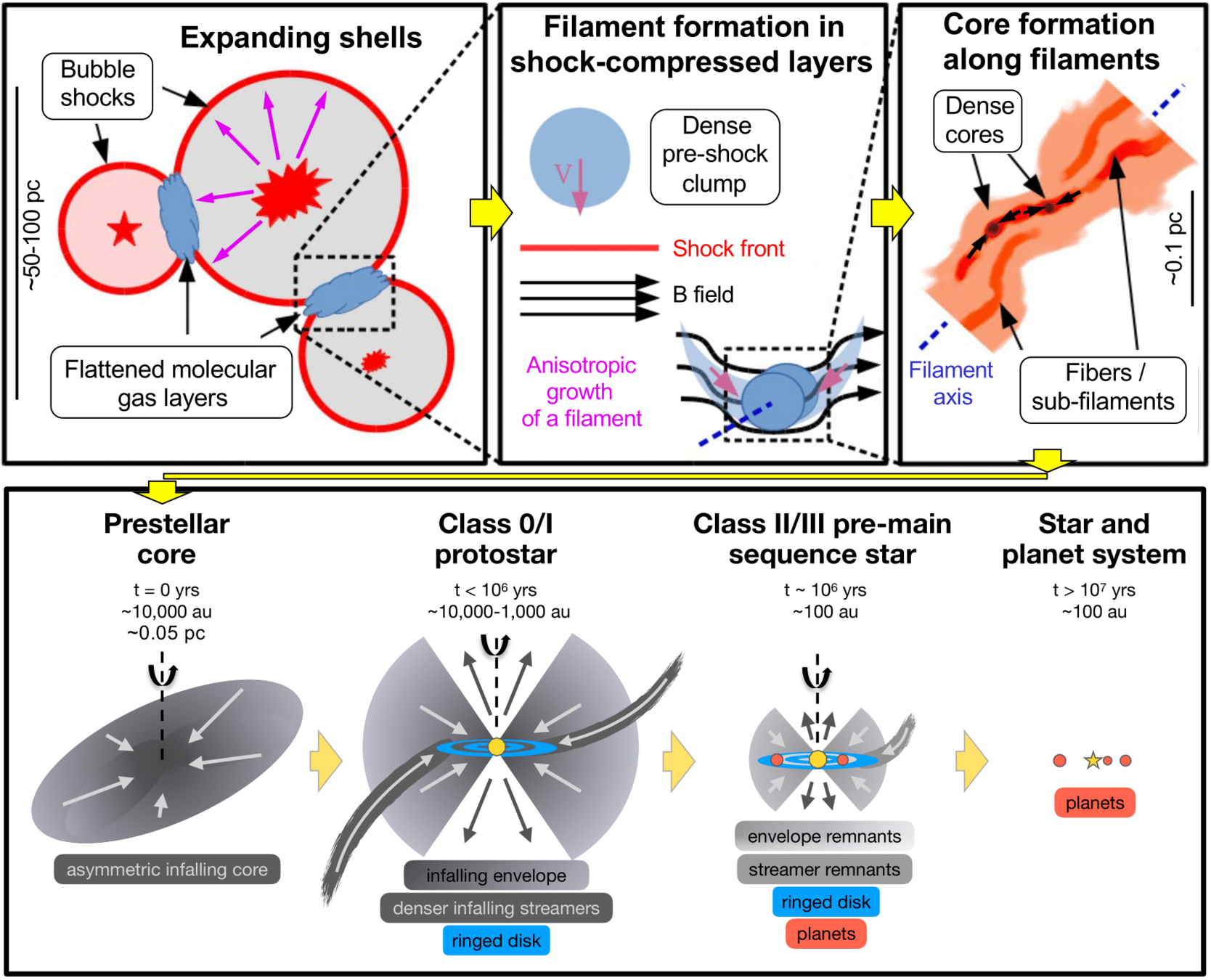
Star & disk can be replenished by infall of initially unbound material
credit: Lützen & Küffmeier
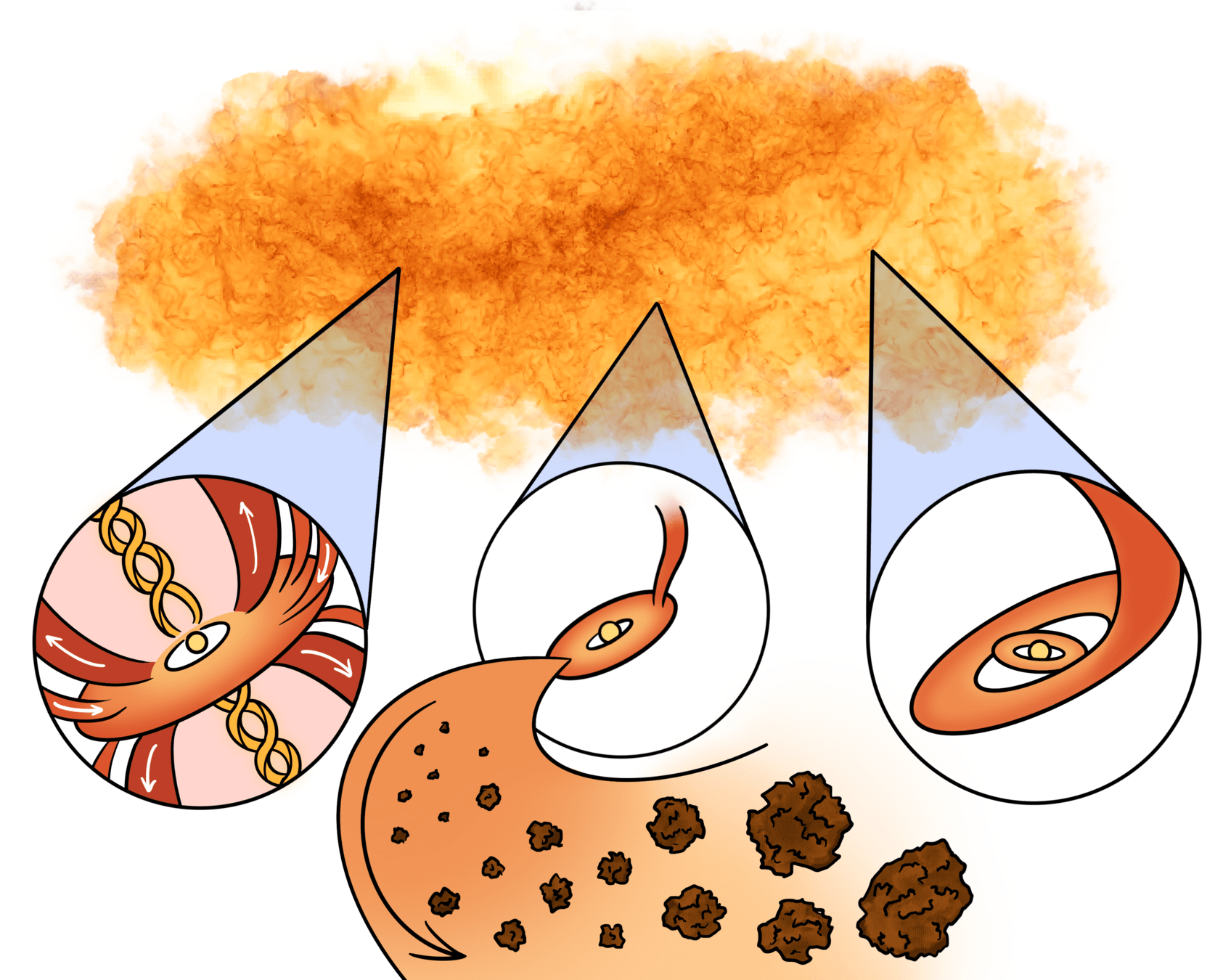
DSTREAM: Disk Systems That are Replenished and Evolve through Accretion of Material
Outlook: How do late infall events ("streamers") affect the disk?

Christian Granzow Holm
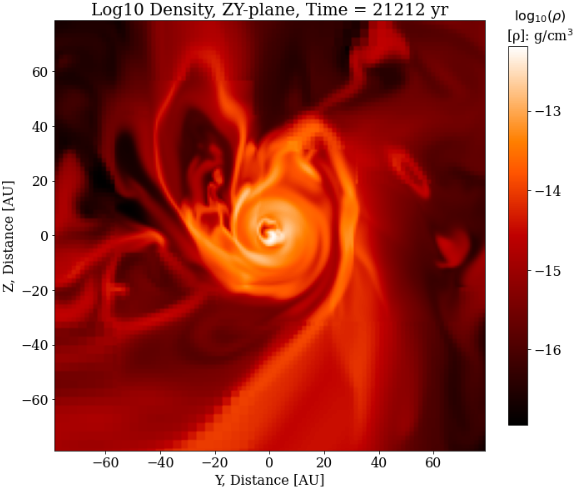
- is the disk solely replenished with fresh material while keeping its overall configuration?
- does the infalling material have an excess in angular momentum that frequently leads to the formation of a new misaligned outer disk (and if yes, for how long)?
- is (late) infall catastrophic in nature and destroys the disk to form a completely new one?
Take-away points
Late infall changes the orientation of star-disk systems substantially.
Post-collapse infall is common. Probability increases with increasing stellar mass.
Late infall via streamers is more anisotropic than early collapse.


On average, stars with final masses of more than 1 solar mass accrete >50 % of their mass after 500 kyr
Küffmeier, Jensen & Haugbølle '23

Heterogeneous accretion implies late infall
Observational indication: luminosity bursts
(PPVII review by Fischer et al. 2023)
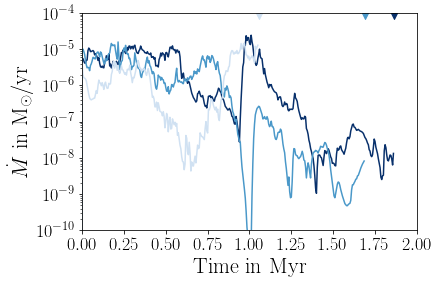
Zoom-in on embedded stars

Küffmeier et al.
2019
Küffmeier et al. 2018
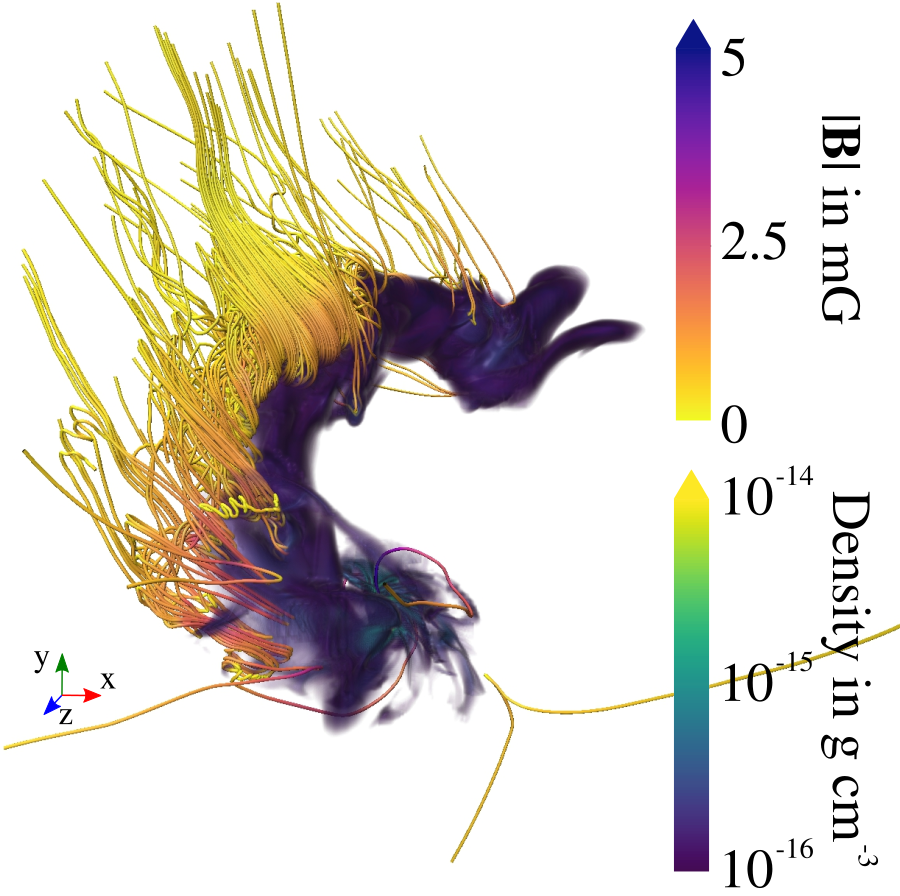
Küffmeier, Reißl et al. 2020
bridge structure similar to IRAS 16293--2422 (e.g. Sadavoy+ 2018, van der Wiel+ 2019, Maureira+ 2020)
~1500 AU
realistic initial conditions!
PFM talk: The role of infall in (re-)orienting star-disk systems
By kuffmeier
PFM talk: The role of infall in (re-)orienting star-disk systems
- 197



